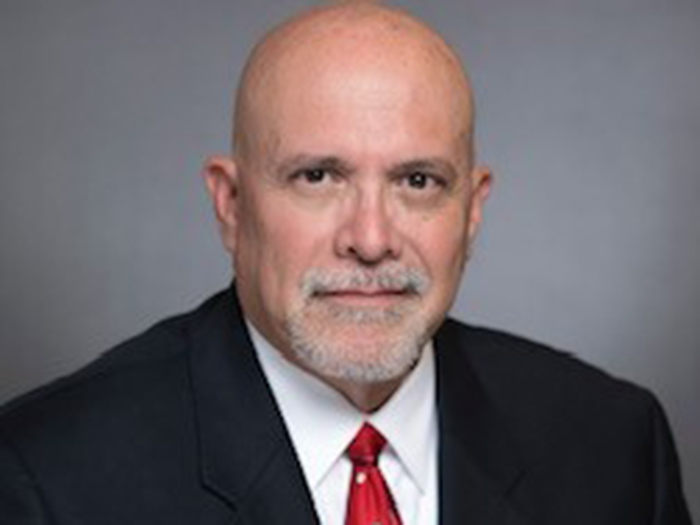Stop Making Excuses: How to Keep Workers’ Comp Out of the Path of the U.S. Health Care Train Wreck
Last month’s column attempted to describe the clustermess that is the U.S. health care system. Today, we’ll share a few ideas that may help property and casualty payers mitigate, avoid and counter some of the worst aspects of that “system.”
It is critical to recognize that total workers’ comp medical spend is less than ¾ of one percent of total U.S. medical spend ($32 billion out of $4.3 trillion). In total, P&C spend likely accounts for less than 2%. P&C is indeed the flea on the tail of the dog.
But still, high medical expenses will continue to dog the P&C sector for the foreseeable future.
Most obviously, regulatory and legislative measures can be some help. These include:
- Mandating maximum reimbursement levels and evidence-based clinical guidelines
- Banning physician dispensing of drugs
- Enabling employer direction over medical providers
The reality is that these are blunt instruments at best. The provider community is getting better and better at identifying and widening loopholes, manipulating fee schedules, scaring adjusters (but … the worker has an attorney!) and staying many steps ahead in the coding game.
Alas, regulatory and legislative efforts are often only marginally useful, mostly because providers are really, really good at gaming the system. Florida is a great example of a state where facilities have regulators and legislators dancing to their tune. Yes, there’s a facility fee schedule, but it is — at best — a sham. It allows providers to benefit from upcoding and upcharging with little to no recourse available to payers. Other states have similar problems.
Counter Measures
First, find the best providers. Yeah, we know that’s hard to do, and you don’t have enough data, and (add other excuses here). I’ve never met a health care analyst who has “enough” data, but that does not mean you can’t use what you have.
Identify the ones that you work with the most and do a quick scan to pick out the ones that are overprescribing, aren’t helping with return-to-work issues, refer workers to mail-order pharmacies — you know the criteria — then set about making the good ones like you.
That entails paying them fairly and quickly, and without quibbling over minor stuff. Unless there’s something egregious, don’t make them jump through utilization review and pre-cert hoops — docs and their staff hate that. Meet with them to thank them for their partnership, listen to them and send them as many patients as possible.
And insist they send your patients to facilities that you’ve identified as delivering the best-quality and most cost-effective care.
There are a host of facility quality and cost-reporting resources out there; Medicare, Leapfrog, RAND and state-specific entities are just some of the credible data sources you can use to identify the facilities you want your patients using — and, just as importantly, those you want to avoid at all costs.
For example, in Florida there are two hospitals a few minutes apart with very different quality and cost profiles. One has significantly lower quality, lower patient satisfaction scores and more patient safety issues — and is more than 10 times as costly as the neighboring facility.
There are many similar examples in the Sunshine State — and most other states as well.
And that’s just the medical expense. You can be quite sure that patients who don’t like the hospital get lower-quality care there, are at higher risk for medical errors, are more likely to get an attorney and will be out of work a lot longer.
Older claims require special diligence, but their medical utilization profile is quite different from those that settle or are closed in the first few years. Pharmacy spend represents much more of the medical expense, and its impact on total medical spend and claim duration is even greater.
Culture
Whether you like it or not, you are in the health care business. I’m betting many readers will stop reading here — and that’s good for those who don’t. Medical drives everything — and by “medical” I include prompt assessment of psychosocial issues that may impede or flat-out prevent recovery.
Claims handlers and clinical staff must take control of claims, and execs have to give them the tools, authority, responsibility and accountability to do just that. Start by allocating medical issues to clinicians. They are not only trained and educated and experienced in medical care, they generally have a very different approach than adjusters. Nurses and other clinicians take care of people, listen to them, help them. That’s what injured people want and need.
Next, give them the tools to identify good providers and the authority to use them. Show treating docs and injured workers that Hospital A has way better outcomes, much better patient safety scores, far fewer readmissions and stronger clinical performance than Hospital B, and you’ll get some of your injured workers and docs to request, require or demand Hospital A. Wherever possible, tighten up the network — a lot.
There’s only one state where you cannot “direct,” soft-channel, suggest, encourage or otherwise get injured workers to go to good providers: In every state save New York, you have greater or lesser ability — but you do have the ability — to do just that.
Stop making excuses about why you can’t and start finding ways that you can.
This will be really, really hard, and a lot of folks won’t want to change, and you’ll hear all manner of caterwauling about attorneys and litigation and blah blah blah.
But think about this: If you get a few patients shifted from that stupidly expensive, low-quality facility and drug-dispensing physician to a higher-rated physician using a high-quality, lower-cost facility, those patients will recover a lot faster and their employer and/or the taxpayer will save a ton of money.
Oh, and you’ll be doing what your policyholders are paying you to do.
Or just keep doing what you’re doing, and in a couple years you can explain to the board why medical costs are zooming and profits are not, and why you don’t have a solution. Because our health care system is a mess, and it knows you are a very soft target. &










